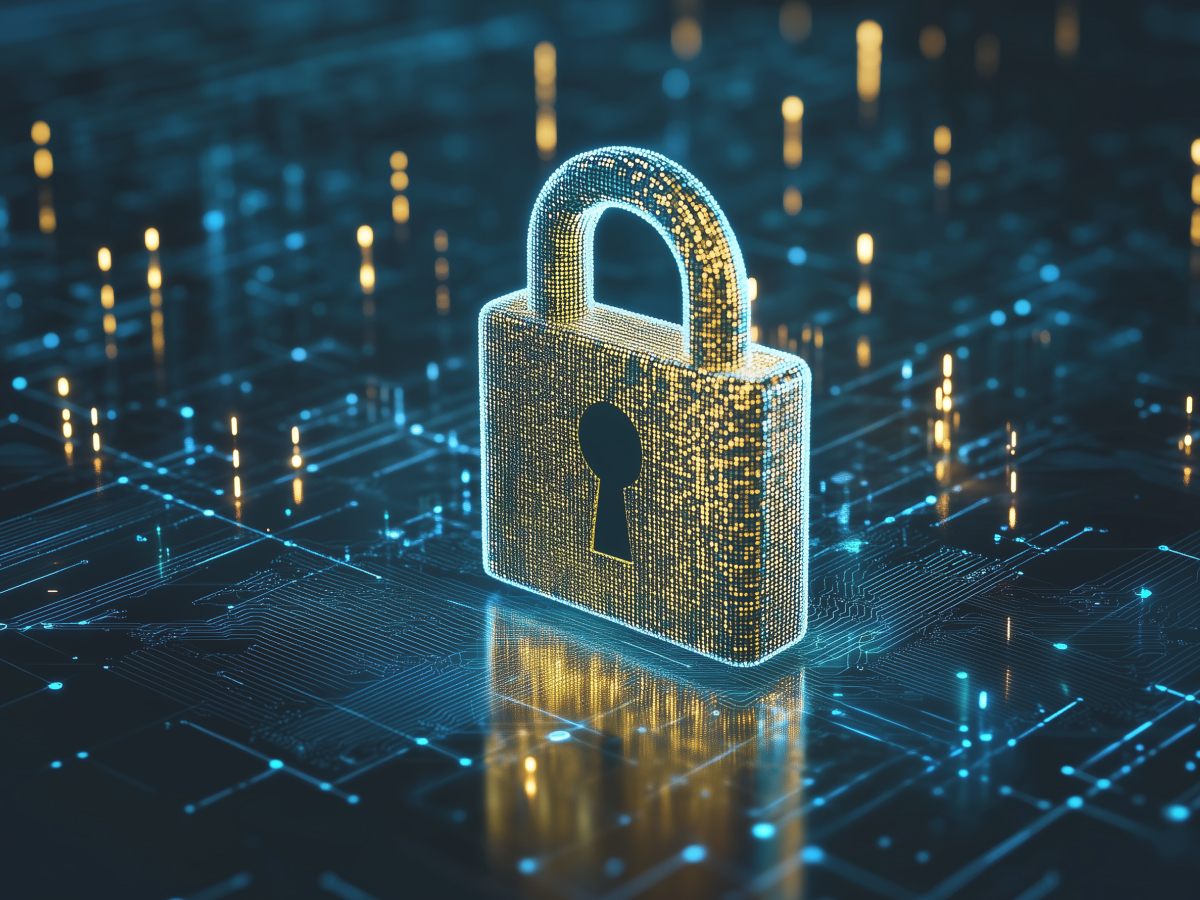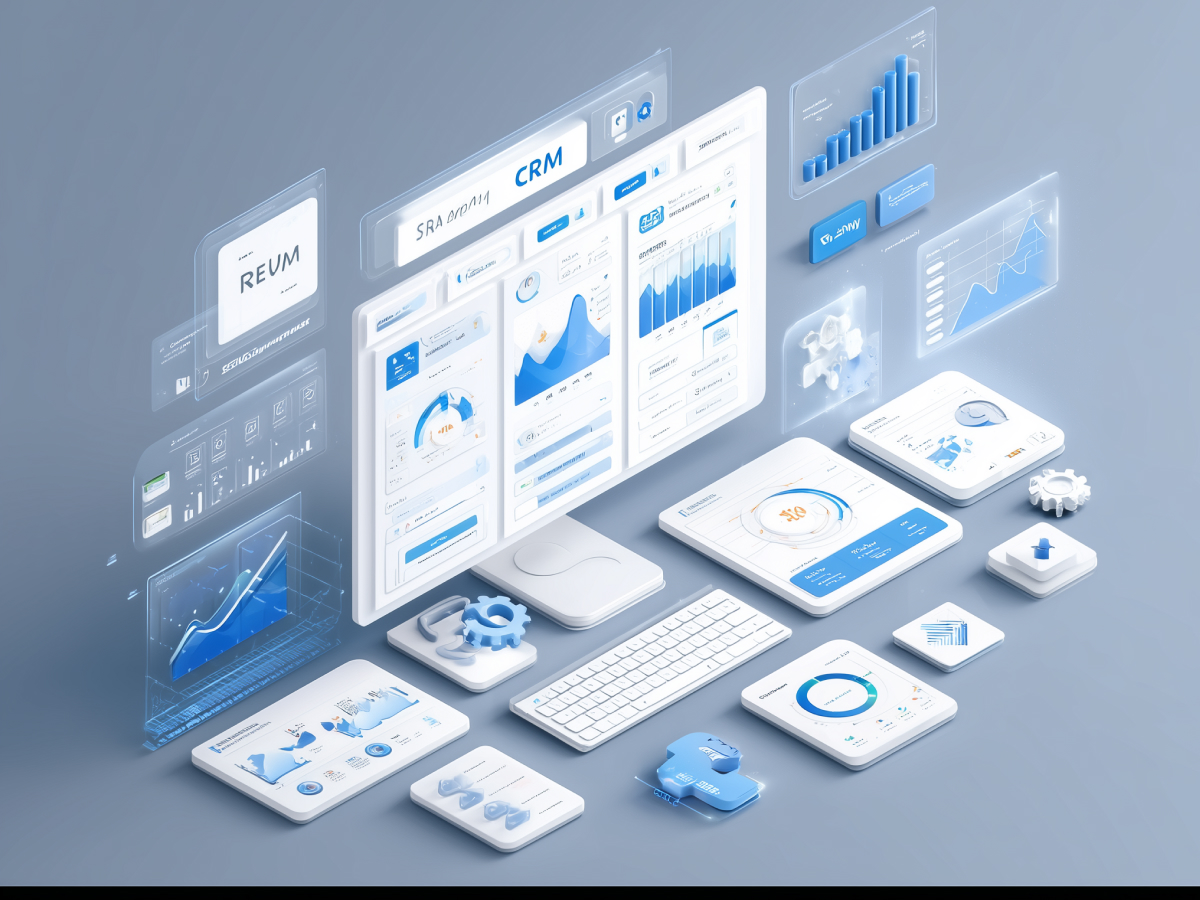Misconceptions around AI in cybersecurity
There’s a lot of noise around AI in cybersecurity, much of it driven by fear. The assumption that AI is some rogue force conjuring threats out of thin air is simply incorrect. AI, on its own, doesn’t generate new types of attacks. It doesn’t have agency. It operates exactly how it’s designed to, under the instruction and intent of a human being.
This matters. If you’re running a company, you don’t want your security teams chasing shadows. Misunderstanding what AI can and can’t do is a waste of time and energy. AI is a tool, and like any powerful tool, its impact depends entirely on how it’s used. If a bad actor uses AI, it can accelerate an attack, but it doesn’t make that attack smarter on its own.
Instead of reacting with panic, organizations need clarity. When leadership understands what AI actually contributes to modern cyber threats, it lowers the temperature internally. Teams perform better when they’re focused. What matters most is building a security culture that’s grounded in understanding, what’s real, what isn’t, and where to apply effort.
Justin, a cybersecurity expert featured in the conversation, made a clear point: “AI isn’t inherently malicious. Its impact depends on the intent of the user.” That clarity allows organizations to shift from reactive fear to meaningful action.
AI amplifies the scale and efficiency of existing cyberattacks
AI makes cyberattacks faster and broader, not necessarily smarter or new. Attackers aren’t inventing strange, previously unknown methods. They’re just doing known things at scale. Phishing, social engineering, malware distribution, AI helps them automate it all. That’s the threat. Speed. Reach. Precision.
This is where many leaders get caught up. They hear “AI-powered attack” and assume something novel and unpredictable. But the truth is simpler. What we’re seeing is the same threat actor with access to smarter tools.
Understanding this changes how you respond. Instead of inventing new defenses from scratch, improve the ones you already have. Tighten your systems. Monitor faster. Train your teams to recognize changes in speed and frequency. Tools change, but the objective stays the same, breach, steal, disrupt.
It’s also worth repeating a key point from Justin, the same cybersecurity voice: “Some people believe AI can autonomously create and spread malware, but that’s really not the case.” And he’s right. AI kinds of expand the way attacks happen. It doesn’t rewrite the rules.
That’s good news. It means you’re not behind, unless you choose not to act.
Underleveraged defensive potential of AI
At the moment, attackers are getting more value from AI than defenders are. That’s a problem, and also an opportunity. AI has real potential to strengthen cybersecurity from the inside. It can accelerate detection, reduce noise, and highlight patterns that even skilled analysts might miss. But using AI effectively means integrating it alongside existing systems.
Organizations that rely too heavily on AI as a shortcut are missing the point. You need to see AI as an enabler of stronger defense. It improves alert triage, can surface anomalies faster, and gives security teams more time to focus on real threats instead of low-impact noise. These efficiencies matter when response time defines risk exposure.
Most companies aren’t using AI in their defensive stack correctly. They adopt tools without clearly defined goals or control frameworks. That’s how you end up with gaps in your system that no AI can fix. Before investing in more tools, leadership needs to ask: will this build on what we already have? Does it help security teams respond faster and more accurately?
Continued importance of traditional cybersecurity threats
If your team is only focused on AI-driven risks, you’re missing what’s already breaking in. Techniques like supply chain attacks, credential abuse, and “living off the land” methods, where attackers use legitimate tools already inside your system, are still what’s doing the most damage today.
This means leaders have to stay focused on the basics. Maintaining tested, tuned defenses is still non-negotiable. Your intrusion detection systems should detect anomalies. Your staff should be trained to notice phishing and social engineering tactics. Your third-party vendors should be vetted and monitored. These are foundational controls, and they aren’t solved by adopting new hashtags or trends.
Security teams often get distracted by headlines. So do executives. If you’re only responding to what’s trending, your defenses are a step behind what’s impacting your organization today.
Proactive implementation of layered defenses
Waiting for regulatory guidance to act on cybersecurity is a mistake. Attackers don’t wait. They move fast, exploit delays, and adjust long before committees draft policy. If your organization is holding off on building layered security because governments haven’t caught up, you’re exposing critical assets unnecessarily.
Strong cybersecurity needs to be stacked. You need multiple layers. If one fails, others take over. That includes endpoint protection, real-time monitoring, segmented networks, strict user access policies, and tested response plans. Each layer compensates for the limits of the others. And they all need to work together.
Leadership should treat layered defense as essential groundwork. Whether or not regulators mandate it, the risks already exist. Delaying coverage until someone else draws the line sends the wrong signal internally, and gives threats more room to move.
The role of microsegmentation in containing breaches
Microsegmentation puts barriers inside your network. That matters. When attackers breach one part of your infrastructure, segmentation keeps them from accessing everything else. They hit a wall before moving laterally. It limits damage and gives your team a critical time advantage to respond.
If you have sensitive data spread across systems and regions, microsegmentation makes sure that a vulnerability in one part of the environment doesn’t give threat actors full access. It narrows their options. Executives overseeing large or complex digital ecosystems should treat segmentation as a non-optional part of modern defense.
Implementing it well means working closely with your security team to map out how data flows across your environment. You’ll need clear policies on what systems can communicate with each other, and strong access controls to back that up. This approach forces tighter network discipline and makes your breach response more manageable.
Integrating AI adoption with cybersecurity risk management
You can’t separate innovation from security. If your teams are deploying AI tools without involving cybersecurity early on, you’re creating risk. Fast. It doesn’t matter how advanced the tool is, if it breaks your governance model or introduces unmanaged access points, you’re inviting problems.
Security needs to be in the room before any AI-driven product or platform is adopted. That includes evaluation of vendors, integration plans, and policy alignment. Ask the right questions upfront: Does this integrate with existing security controls? Who has access? What data is exposed? Where can this tool be compromised? Those answers shape whether it strengthens your infrastructure or weakens it.
Leaders must understand that novelty shouldn’t drive procurement. Practical fit matters more than claims. New tools promising cutting-edge AI features might sound like progress, but if they ignore your risk management strategy, they’ll end up creating more vulnerabilities than value.
Upskilling employees and encouraging continuous cybersecurity learning
You can deploy every security control on the market, but if your people don’t understand the threat environment, it won’t matter. Effective cybersecurity depends on skilled internal teams and capable individuals across all levels of the organization. This includes both technical staff and non-technical employees who interact with digital systems daily.
Security operations teams need up-to-date knowledge on attacker behavior, toolsets, and strategies. Threat intelligence, red teaming, and penetration testing should be standard practice. That’s how you find weaknesses before someone else does. Just as important is foundational understanding, how systems function, how networks behave, and how to reason through abnormalities in real time.
Non-technical staff are just as critical. They’re often the first target, via phishing, social engineering, or misused credentials. Train them. Simulate attacks. Test them and give feedback. Use tools that educate in realistic settings. Courses like Pluralsight’s Five Cybersecurity Essentials for Everyone offer simple, time-efficient security guidance.
Treat continuous learning as core infrastructure. As threats shift, your people need to improve with them. Make training regular. Make it relevant. And make it a requirement across the organization.
The bottom line
Security isn’t static. Neither is AI. As these systems evolve, so does the threat landscape, and the response needs to move just as fast. But for business leaders, the real differentiator won’t be flashy tools or trend-chasing. It’ll be clarity, discipline, and execution.
Invest in layered defenses. Get your teams trained and involved early. Make sure security is in the room when big tech decisions are made. Don’t wait for someone else to tell you what “good enough” looks like. Build your own standard, and raise it as the environment demands.
The companies that win long-term will be the ones that treat cybersecurity as a business imperative. That means clear ownership at the top, and a working system that holds up under stress. The threats are fast, but so is the advantage if you lead with intelligence and act early.





